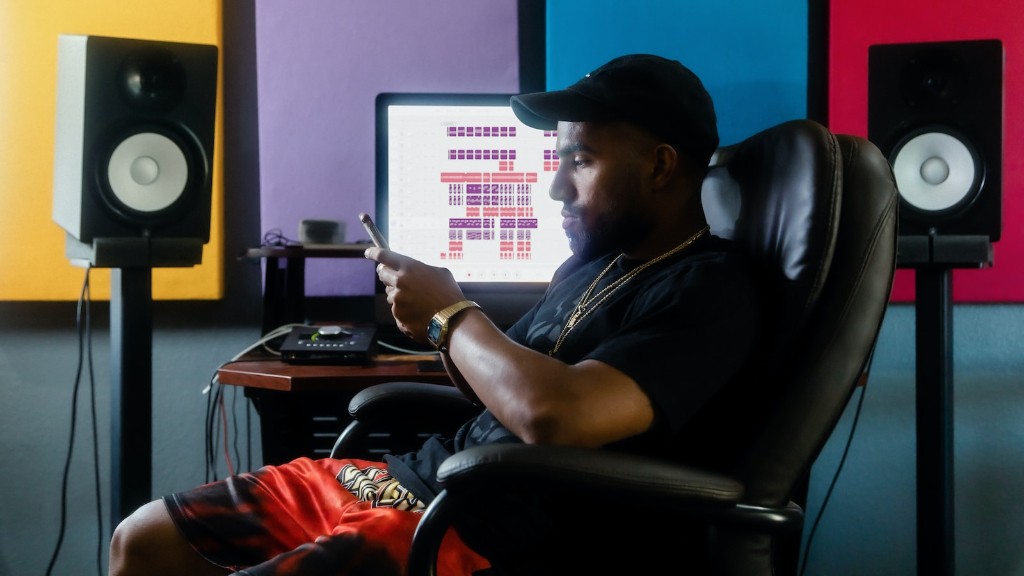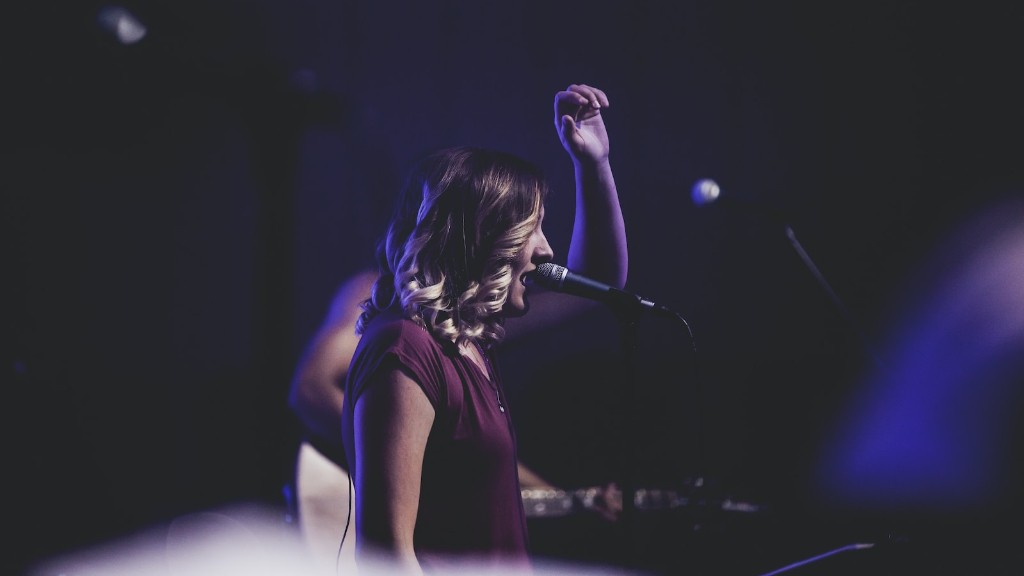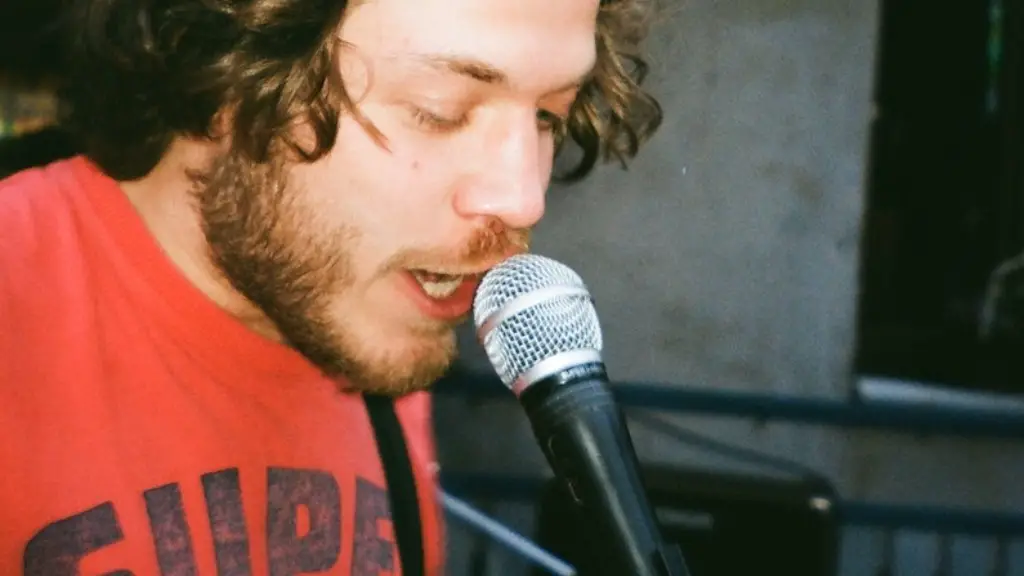Creating the perfect wasp can be an intimidating task – but it doesn’t have to be! With these simple steps, you’ll be well on your way to creating a buzzing masterpiece that’ll have everyone buzzing with admiration.
Step One: Understand The Anatomy of Wasps
Start by familiarizing yourself with the anatomy of wasps. Strike a balance between realism and creativity as you draw the intricate details of their wings and body. Begin by drawing the head, thorax, and abdomen of the basic wasp structure. After these segments are done, add the eyes, antennae, and wings. Once these components of the wasp are done you can move on to the intricate details.
Step Two: Get the Proportion Right
Ensure that the components of the wasp are roughly proportionate to one another and to the whole wasp. As wasps come in many different sizes, using real life as a reference is key in this step. Keeping proportions correct will help your wasp look more realistic and thus give it that ‘wow-factor’.
Step Three: Add the Details
Adding the little details can make all the difference in creating a realistic wasp. Start by adding the small hairs that adorn the wasp’s body – these are the things you may not have noticed when you looked at a wasp in real life. Then fill out the distance between the joints of the legs, as well as the small, spindly antennae. You may also wish to add the famous wasp markings. Whatever details you add, be sure to use light colors and subtle details – the small touches can make for stunning artwork.
Step Four: Use a Variety of Textures
When it comes to creating an eye-catching wasp, using a variety of different textures is key. Start by using a variety of hatching and stippling to vary the tones of the wings and body. Then, blend your colors together to create fantastic gradients of colors. Finally, use a combination of line weight and textures to create the intricate details. These are the things that will truly take your wasp art to the next level.
Step Five: Bring It To Life
The last step is to bring your wasp to life. Use softer colors to bring out the subtle details, or harsher colors to give your wasp a vibrant look. Also, be sure to pay attention to the shadows and highlights that you use – these can drastically change the look and feel of your wasp. And finally, don’t forget about the background. Use a variety of colors and textures to create a perfect compliment to your buzzing masterpiece.
Step Six: Have Fun With It
The best part of creating art is having fun with it. Don’t get too stressed over getting your wasp perfect, it’s all about experimentation and discovery. Try adding different textures or colors. Try taking risks and pushing boundaries. Most importantly, just enjoy the process of creating art and try to express yourself through it.
Step Seven: Keep Practicing!
The final step in drawing wasps is to keep practicing. While you can definitely achieve great results after a few tries, it takes practice and experimentation to truly master drawing wasps. Keep at it and soon you’ll be creating buzzing, lifelike masterpieces that will be the envy of everyone.
Next Steps
Now that you’ve learned the basics of how to draw wasps, it’s time to take your skills to the next level. Start by experimenting with different shapes and sizes. And while creation is all about being creative, don’t forget to keep the anatomy correct! Don’t be afraid to play around, have fun, and create something truly unique.
Know Your Behavior
In order to create an accurate, lifelike wasp, it’s important to familiarize yourself with the behavior of wasps. Understand how they move, how they interact with other wasps, and even how they interact with their environment. All of this information can provide the perfect reference for your artwork and result in stunning creations.
Learn From Others
Learning from other artists is a great way to improve your own skills. Check out other wasp art and see how it’s done. Many artists share tutorials and tips online, so take advantage of those and gain more insight! And don’t forget to hit the local art galleries too – there’s nothing like seeing wasp artwork up close and personal.
Make it Your Own
And always remember to make the art your own. It’s easy to get caught up in recreating what others have done, but have fun with it. Create something unique and express yourself through your art. A few small tweaks can make all the difference and result in artwork that truly stands out.


